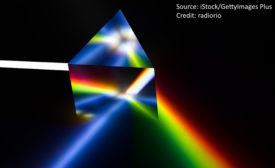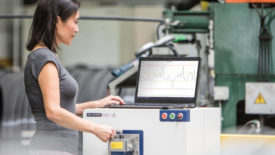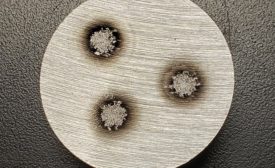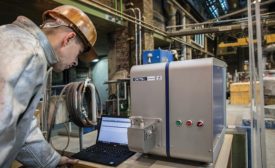Home » Keywords: » spectroscopy
Items Tagged with 'spectroscopy'
ARTICLES
NDT | XRF
Uncover heavy metals, flame retardants, and phthalates with handheld XRF & FT-IR spectroscopy.
Read More
NDT
Enhancing Material Analysis: The Role of XRF and LIBS in Nondestructive Testing
Enhancing NDT Applications with XRF and LIBS Technologies
February 27, 2025
XRF
Achieve RoHS Compliance: Uncover Heavy Metals, Flame Retardants, and Phthalates with Handheld XRF & FT-IR Spectroscopy
Many manufacturers have incorporated handheld XRF and FT-IR testing into their workflows to ensure regulatory compliance.
February 21, 2025
Quality Headline
908 Devices Acquires RedWave Technology to Expand its Spectroscopy Capabilities
May 7, 2024
NDT | LIBS
How to Evaluate Accuracy and Why You Should Calculate the Error Margin of Spectroscopy Measurements
We must be able to estimate the error in a spectroscopy measurement to assure ourselves, and our customers, of the true composition of the material.
February 8, 2022
Spectroscopy Explained
Spectroscopy is the branch of science dedicated to the investigation of electromagnetic spectra produced from the interaction between a sample and an energy source.
October 29, 2020
The Road to Automotive Light-Weighting
Overcoming new materials analysis challenges across the supply chain.
June 25, 2020
Rapid, Accurate Materials Analysis with a 2-Methods-In-1 Solution
Use microscopy to visualize the structure and laser spectroscopy to know the composition.
December 2, 2019
V&S HEADLINE
Laser Components USA Sponsors International WORKshop on Infrared Technologies
July 31, 2017
Stay in the know with Quality’s comprehensive coverage of
the manufacturing and metrology industries.
eNewsletter | Website | eMagazine
JOIN TODAY!Copyright ©2025. All Rights Reserved BNP Media.
Design, CMS, Hosting & Web Development :: ePublishing









